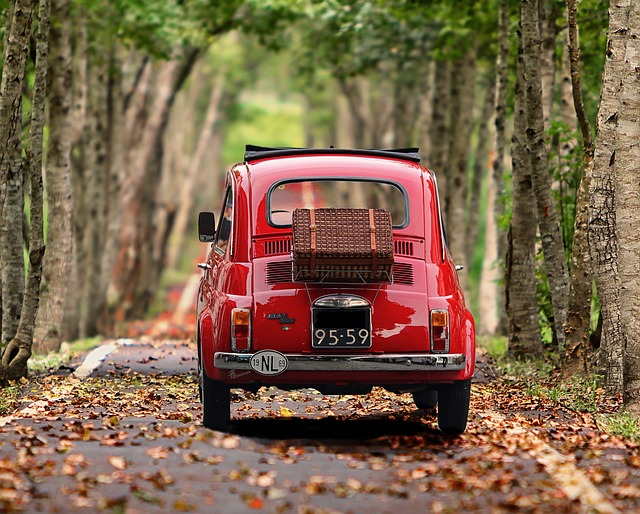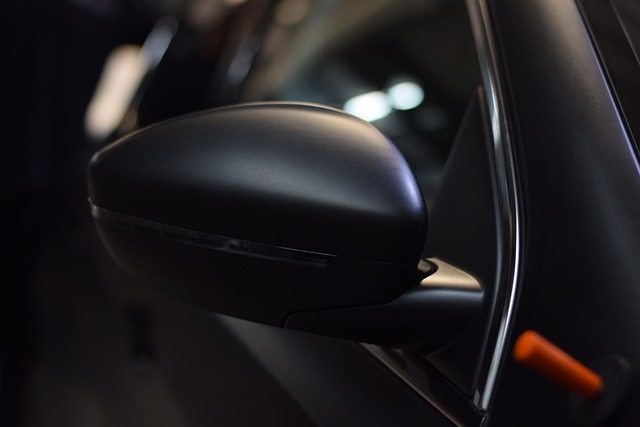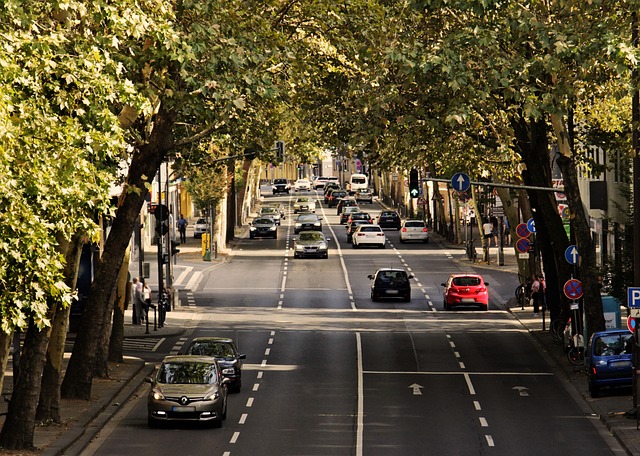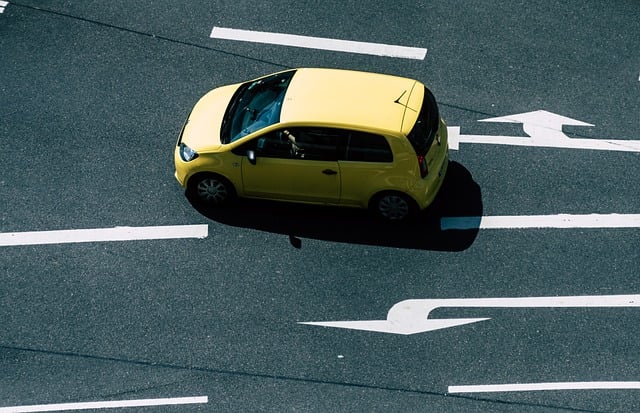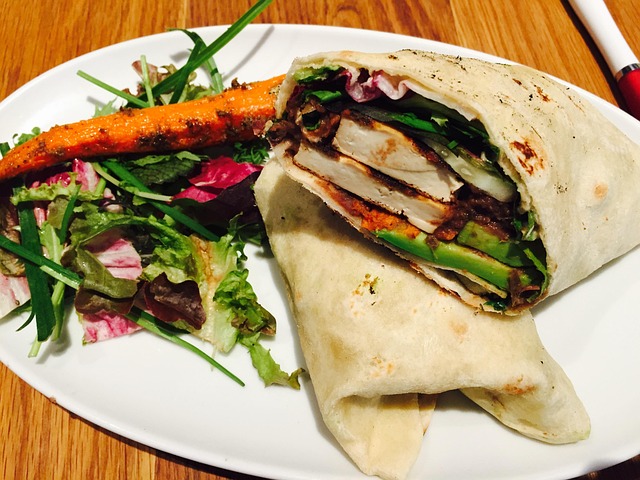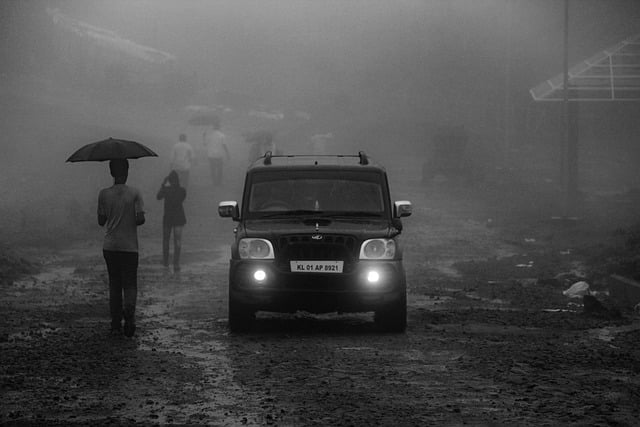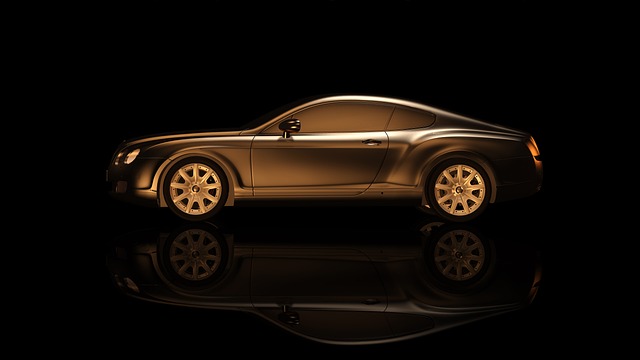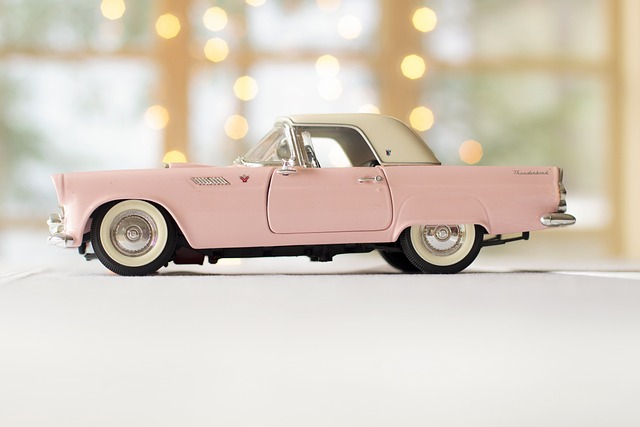Introduction
If you’re looking to transform your vehicle’s appearance without the permanence of a new paint job, vinyl wrapping is an excellent option. Not only does it allow for creative expression, but it also protects your car’s original paint. In this post, we will explore the best vehicles to vinyl wrap, focusing on their unique shapes, surfaces, and popularity among car enthusiasts. Let’s dive in!
What is Vinyl Wrapping?
Vinyl wrapping involves covering your vehicle with a thin layer of vinyl film that can come in various colors, finishes, and textures. It offers a cost-effective way to customize your ride while safeguarding the underlying paint from scratches, UV rays, and other environmental factors.
Top 10 Vehicles Perfect for Vinyl Wrapping
1. Ford Mustang
The Ford Mustang is a classic choice for vinyl wrapping. Its muscular design and wide body provide ample surface area for creative wraps. Whether you opt for a matte finish or a vibrant color, the Mustang’s sporty appeal is sure to turn heads.
2. Chevrolet Camaro
Similar to the Mustang, the Chevrolet Camaro boasts aggressive lines and a bold stance, making it a favorite among car enthusiasts. A vinyl wrap can enhance its already striking appearance, allowing you to express your personality.
3. Tesla Model 3
The Tesla Model 3 is not only eco-friendly but also highly customizable. With its sleek design and smooth surfaces, it serves as a perfect canvas for vinyl wraps. Many Tesla owners choose wraps to add a unique flair while maintaining the car’s modern aesthetic.
4. Jeep Wrangler
For those who love adventure, the Jeep Wrangler is an ideal vehicle for vinyl wrapping. Its rugged shape and removable panels allow for creative designs that reflect an adventurous spirit. Custom wraps can also provide additional protection against the elements.
5. BMW M3
The BMW M3 is synonymous with performance and luxury. A vinyl wrap can elevate its status even further, allowing owners to customize their vehicle with unique colors and finishes. The M3’s contours lend themselves beautifully to intricate wrap designs.
6. Subaru WRX
The Subaru WRX is a favorite among motorsport enthusiasts. Its sporty design and aggressive stance make it a prime candidate for vinyl wrapping. Many owners opt for eye-catching graphics that highlight the car’s performance-oriented design.
7. Volkswagen Golf GTI
The Volkswagen Golf GTI is known for its compact size and sporty look. A vinyl wrap can enhance its youthful appearance, allowing for bold colors or patterns that reflect the driver’s personality. The GTI’s unique shape is particularly well-suited for custom wraps.
8. Dodge Charger
The Dodge Charger combines power with style, making it a popular choice for customization. A vinyl wrap can accentuate its bold lines and aggressive front end, making it stand out on the road. Owners can choose from various finishes, including glossy, matte, or even carbon fiber.
9. Nissan 370Z
The Nissan 370Z is a true sports car that attracts attention with its sleek lines and performance. Vinyl wraps can enhance its athletic look while providing protection. Many enthusiasts choose vibrant colors or custom graphics to make their 370Z truly unique.
10. Audi A4
The Audi A4 is a luxury sedan that offers both style and sophistication. A vinyl wrap can give it a fresh look, allowing for personalization that complements its elegant design. Whether opting for a subtle shade or a bold color, the A4 is a great candidate for a wrap.
Benefits of Vinyl Wrapping
- Cost-Effective: Vinyl wraps are generally more affordable than a full paint job.
- Customizable: With countless colors and finishes available, the options are endless.
- Protective: Wrapping protects the original paint from scratches and UV damage.
- Easy to Remove: Unlike paint, vinyl wraps can be removed without damaging the underlying surface.
Conclusion
Vinyl wrapping is an exciting way to personalize your vehicle while safeguarding its original paint. Whether you own a Ford Mustang or a Tesla Model 3, there are numerous options for making your ride stand out. Consider the best vehicles to vinyl wrap listed above, and get ready to transform your ride in style!

